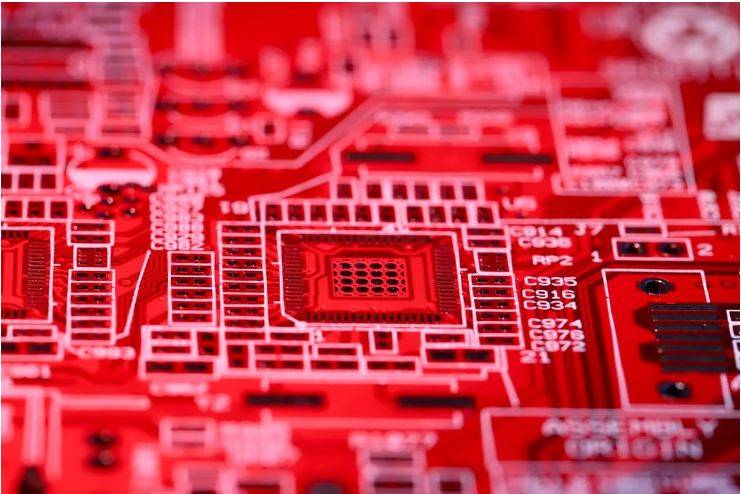Complete product information is becoming increasingly important in the course of digitization, as it helps to generate exceptional customer experiences. More and more companies are therefore turning to a PIM system for support with data management and use.
Countless data exist on products that are not only of interest to companies but also to customers. It is all the more important to keep this data up to date. PIM systems enable the user to do just that: their sole purpose is to record, maintain and manage product information in a central location.
The abbreviation PIM stands for Product Information Management. The aim of a PIM system is to ensure that product data is consistent across all channels – be it the catalog, the label, or the online shop. This should improve the customer’s shopping experience in the long term.
No wonder PIM systems have long been of central importance in the corporate environment. PIM systems are useful for all companies that have an extensive range of products – regardless of the size or industry of the company.
On the other hand, investing in a PIM system is less worthwhile for companies that only manufacture small quantities or very customer-specific products.
Tasks and functionality of PIM system
The product data that PIM systems manage can be technical, logistical, or marketing-relevant information. The task is to distribute this data to different channels so that product information is up-to-date, consistent, complete, uniform, and quality-assured everywhere.
Many different departments can be involved in this process. Customers, suppliers, and service providers can also be involved. The quality of the product data is so important because it significantly increases the chance of a customer making a purchase.
In order to be able to collect, bundle and manage product information efficiently, PIM systems need access to the existing databases via interfaces. For example, PIM systems can be connected to systems such as ERP, CRM, or CMS.
The data exchange can take place in both directions. The PIM system then brings together the relevant product information in order to complete and structure it. Finally, the updated data is published on the output channels.
Structure of PIM systems

As a rule, PIM systems consist of several modules, which are divided into the areas of input, data management, and output. In addition, digital asset management and business process management can also be components of a PIM system.
A good PIM system is characterized by having a modern and cloud-based SaaS architecture. As a result, your company can do without a comprehensive local IT infrastructure. In addition, a reliable API should be available to ensure easy connection to your sales channels.
What types of data do a PIM system use?
In order to sustainably improve the consumer’s product experience, all product information relevant to the customer should be stored and managed in a PIM system. A distinction is made between five different types of data :
- Basic Product Identifiers: This is information such as the product title or item number. On the international market, the so-called Global Trade Item Number, or GTIN for short, is also stored in the PIM system.
- Meaningful images: Visual data can also be stored in PIM systems. In this way, all marketing-relevant images can be recorded, maintained, and managed in one central location.
- Marketing Messages: With improved search capabilities, marketing messages have the potential to improve customer experience and increase sales. In a PIM system, they can be stored in different languages.
- High-quality media files: Unlike in brick-and-mortar retail, consumers cannot see or touch the product when shopping online. For this reason, it is important to provide them with product information in the form of videos, PDF manuals, or operating instructions, which can also be stored in the PIM system.
- Technical specifications: Technical information such as price, color, or size should also be recorded in PIM systems to ensure even more transparency. This allows customers to get as accurate a picture of the product as possible.
Thanks to a PIM system, all of this product data is bundled, standardized, and managed in one place – regardless of whether it is technical information or marketing-relevant data.
Advantages of PIM systems
In the course of digitization, data quality has become enormously important. PIM systems help to ensure data quality in the long term. The main advantage is certainly that all product information can be recorded, maintained, and managed in one central place.
This type of data collection ensures that authorized employees can access the required data at any time, regardless of location. The increased automation not only reduces the workload for employees but also helps to avoid errors. In addition, sales and marketing are promoted: All partners can easily be provided with up-to-date data in various formats.
If your company works with a PIM system in multiple locations and in different languages, equivalent product data can be delivered to all regional departments, which in turn leads to improved collaboration.
In addition, PIM systems have the advantage that product information can be structured depending on the channel so that it can then be shared across multiple channels. There they serve to motivate consumers to make a purchase – and thus increase customer satisfaction and loyalty.

This is how a PIM system is introduced
In principle, the implementation of a PIM system is not a trivial undertaking. It is therefore important to involve all affected departments such as marketing, IT, and product management in the planning and design at an early stage.
The mindset of the employees is also important. In most cases, installing a license is not enough. In the beginning, it is important to define the requirements for the content and scope of the PIM system. On this basis, the appropriate system can then be selected. In the implementation phase, the PIM system is individually adapted, configured, and extensively tested. In the last phase, the system is finally put into operation.
Conclusion: PIM systems overview
PIM systems have become indispensable in the modern corporate world. They collect, standardize and distribute data from numerous different sources in order to meet the growing demand for high-quality product information in the course of digitization of businesses.
This solves some of the acute problems that companies face today. The result is not only more meaningful product data but also lower costs, a positive brand image and better workflows.
No wonder PIM systems are becoming increasingly popular. Anyone who invests in a high-quality PIM system these days can be a big step ahead of the competition in the near future.






